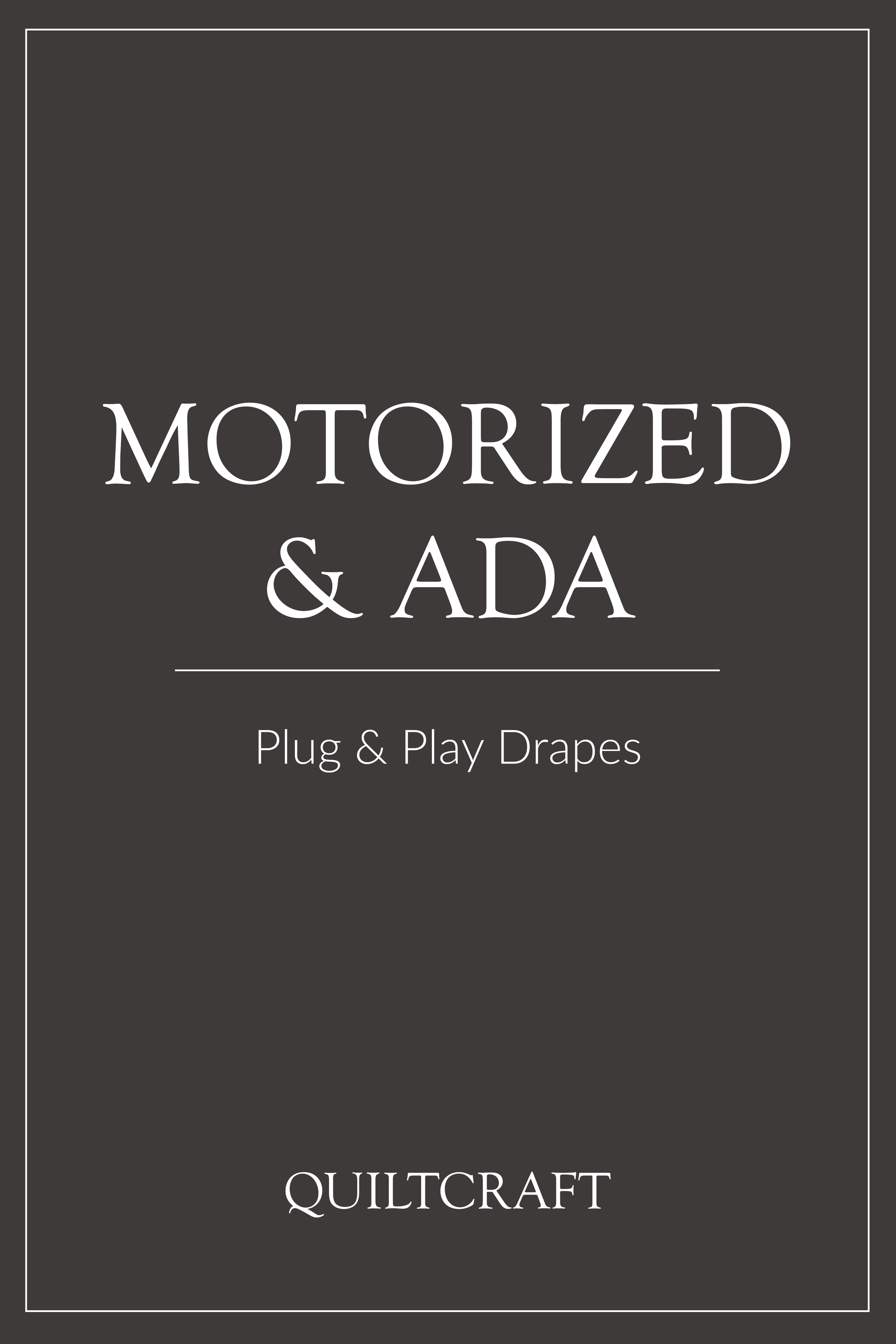Will My Drapery Fabric Stretch Once It’s Hung?
What an important question to ask. The short answer is… it depends on the type of fabric used! Most of the time we just assume that it doesn’t or, that if it does, it’s not noticeable enough to matter at all. What we take for granted is the process of making a drapery treatment. In short a fabric manufacturer is taking a natural fiber such as cotton, or linen that is not symmetrical, doing their best to weave that into a squared fabric. At this point a manufacturer takes it, cuts it, serge's panels back together and then hangs it on a wall, planning on a 1/2" tolerance from perfection. That is no short order. We have learned this lesson the hard way and so we want to share with you some recent examples in which we came face to face with this exact scenario.
Open Case Fabric
Open-Case Fabrics
Open-case or netted fabrics (see image) absolutely have their place in drapery design, and look really good in public spaces especially. We are not suggesting in any way not to use them we just want you to be knowledgeable that when using them, they most likely will stretch.
On average we come across 3-4 projects a year that use some kind of open-case fabric, but this average seems to be increasing as the fabric type becomes more popular. Most recently, Quiltcraft worked on a renovation at The Gaylord Texan (see pictures here) in which we produced treatments out of a open case fabric.
This netting type of fabric immediately drew our attention and because of our work with fabric similar to it, we made the decision with Marriott to finish the drapes 4" shorter than normal. We expected the drapes to stretch and come out just about right. In this case even 4" was not enough and the sheers were still too long. As the fabric will continue to stretch over time. Marriott decided to specify new fabric and to have these treatments remade.
Architex, Nexus Fabric
Open-Case Fabrics Will Stretch!
We can say that with confidence. It’s not that uncommon of an issue and is especially pronounced with larger ceiling heights (ceilings over 96”). Our own internal policy has become first to flag these fabrics in estimating and second, to enter into a dialogue that includes Project Managers, Salespeople and Production Specialists alongside the Designer/Owner, to make an educated assumption on how short to intentionally make the drapes in order to anticipate proper fall out.
What we’ve learned and what we now follow through with, is the assumption that netted fabrics will stretch and therefore we must initially produce treatments shorter than the usual 1/2" tolerance, especially when they are increasingly longer treatments. For we know that as soon as that fabric is put in place and gravity begins to have it’s way you will soon find fabric pooling on the ground where moments earlier the treatment was finished ½” off the floor.
To Summarize…
Be aware of open casement (netted) fabrics – they will stretch!
Ask the manufacturer what their plan is to remedy stretch and subsequent fabric pooling on the ground (see some examples below).
Reach an agreement on allowances in advance. If everyone is on the same page beforehand, then you are all in it together.
If the hassle sounds like too much of a headache, think about the possibility of specifying a new fabric.
Check Out Related Posts













